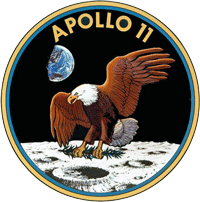
Though modern heraldry has many elements and users that did not exist in medieval times (such as the mission patches for NASA), modern coats of arms usually hark back to medieval arms in some important way. For example, the University of St Andrews in Scotland took a coat of arms in 1905 that included the rampant lion from the Scottish flag. It matriculated a coat of arms in 2006 that included elements from the university's original medieval seal (the St Andrews cross) and arms of the university's founders. 25
.png?v=MKRcysxDgQSWs8WRCF9NU_dKG-NycUhQeH78i8y7d94)